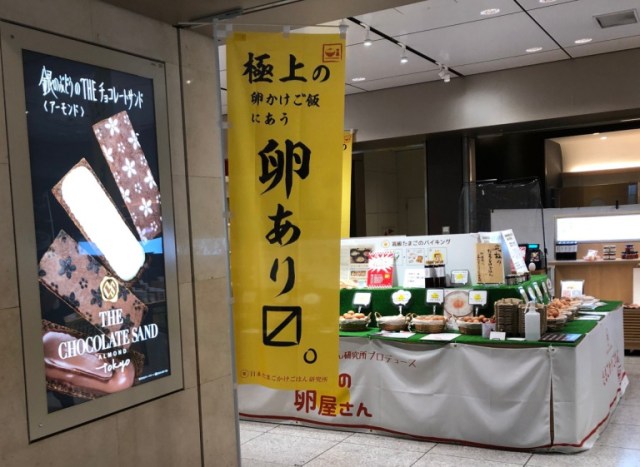
Don’t knock raw egg on rice until you’ve tried it, and especially until you’ve tried it like this.
Citizens of western countries may balk at the idea of eating raw eggs, but in Japan it’s a popular topping for beef bowls, noodle dishes, and even pasta. In fact, cracking a raw egg over a plain bowl of rice, letting the heat of the grains flash cook it fora moment, and pouring on some soy sauce is a choice meal for many Japanese because it’s quick, delicious, and cheap. It’s called tamago-kake gohan, or TKG for short.
So when our Japanese-language reporter Yuichiro Wasai stumbled upon a pop-up shop specializing in ingredients for the perfect TKG in the middle of always-busy Tokyo Station, he had to get some of their specially made, high-quality products to see how they compare to ordinary supermarket ones.
The stand he found is called the “Maboroshi no Tamago-ya-san”, or the “Phantom Egg Shop”, because it doesn’t stay in one place for long, but Yuichiro ran into it quite by accident near Tokyo Station’s bullet train gates. A shop dedicated to creating the perfect tamago-kake gohan, they sell high quality eggs from all over Japan by the unit, meaning you can buy just one egg if you so desire. According to the staff, the shop also supports small farmers who are having a hard time selling their eggs because of the coronavirus pandemic.
The kinds of eggs available vary by the day. When Yuichiro went, he saw “Nihon-ichi Kodawari”, or “Japan’s Most Special Eggs”, which won first prize at the first ever TKG Festival, and Premium Okukuji eggs, which are apparently super high quality eggs you can’t find in most stores. The even had yuzu citrus eggs, which we’re already fans of!
They all looked good, and Yuichiro had no idea which one would be best for his TKG, so he asked the staff for help. “I recommend buying several different kinds to try so you can decide which one you like best,” they said. “Personally, I suggest starting with the Nihon-ichi Kodawari egg.” So Yuichiro picked up two of those and a few other varieties to try.
But of course, to make the perfect TKG, you need more than eggs. Maboroshi no Tamago-ya-san also sells soy sauce and rice that are perfect for TKG, as well as other condiments you might like to add, like black vinegar specifically formulated to be eaten with TKG. In short, this stand has everything you would need to build the most delicious TKG you will ever eat.
Together with the eggs, Yuichiro also snapped up some of the shop’s specialty soy sauce and some Ichihomare rice. The rice cost 400 yen (US$3.75) for 300 grams (10 ounces), the eggs were six for 800 yen no matter which varieties you choose, and the soy sauce 1,100 yen. However, they have an egg and soy sauce bundle price for just 1,800 yen, so his total bill came out to 2,200 yen. It’s a little pricey for tamago-kake gohan, which is supposed to be a cheap meal, but he figured it was worth it to see if the flavors are as good as they boast.
Ingredients in hand, Yuichiro went straight back to the office to experiment.
Once the rice was done, he dived right into taste-testing with the Nihon-ichi Kodawari egg. Before adding it to the rice, Yuichiro cracked it into a separate bowl for observation. After a closer look he thought perhaps the yolk looked a bit brighter than regular eggs.
Though there are many ways to eat TKG, Yuichiro likes mixing the soy sauce and the rice together first before mixing in the egg.
It’s a method that always makes delicious TKG, even with ordinary ingredients, so Yuichiro expected that with the expensive ingredients, it would be exquisite.
And….
As he hoped, it was the best tamago-kake gohan he’d ever had in his life!
Of course, if you really think about it, it makes perfect sense. Using the best ingredients will result in the best dish. So, if you want to eat the best dish, then you have to have the best ingredients. Ergo, you must go right now to Maboroshi no Tamago-ya-san to pick up your own quality TKG ingredients. What will your own “best tamago-kake gohan” taste like?
But be warned: true to its name, the Phantom Egg Shop does change locations frequently. They’ll only be near the bullet train ticket gates at Tokyo Station until September 3, and then they’ll be moving to Ikebukuro, according to the staff. After that, you’ll have to check the shop’s official Twitter (@japan_TKB_labo) for their location.
They also post which eggs they have in stock every day on Twitter, so if you’ve got a favorite, it would be good to check before you go. Luckily the Phantom Egg Shop is actually easy to find, if you know where to look!
Images © SoraNews24
● Want to hear about SoraNews24’s latest articles as soon as they’re published? Follow us on Facebook and Twitter!
[ Read in Japanese ]

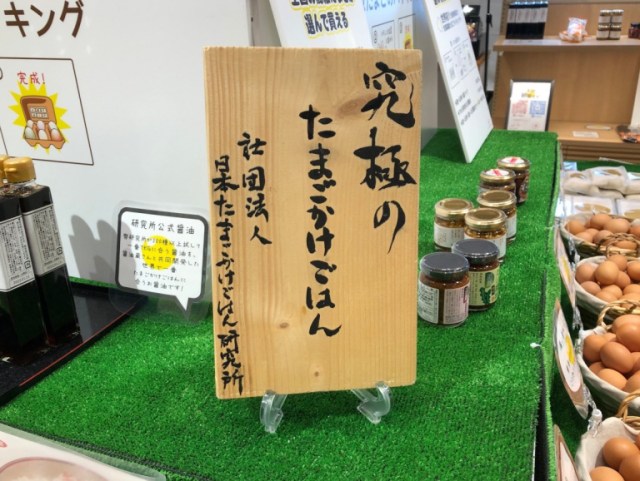
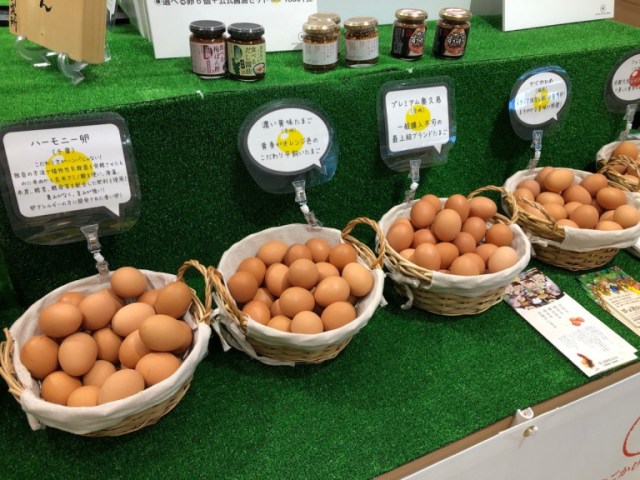
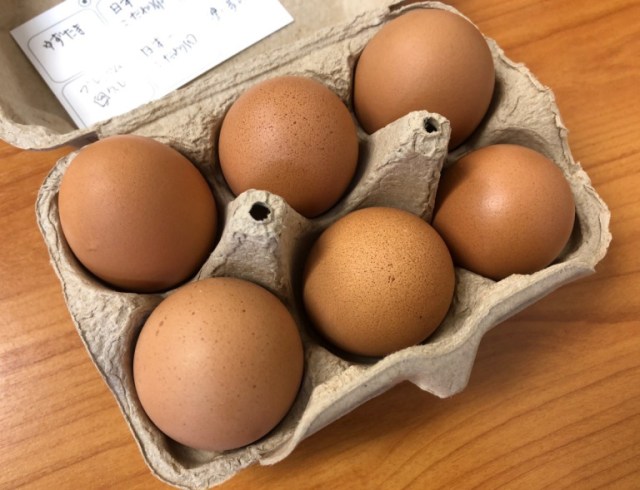
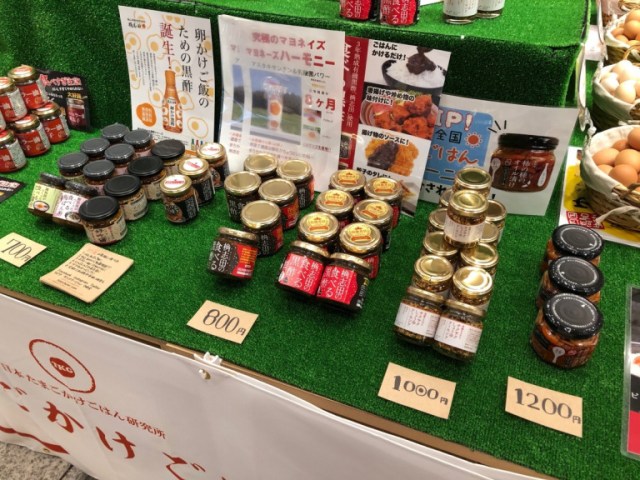
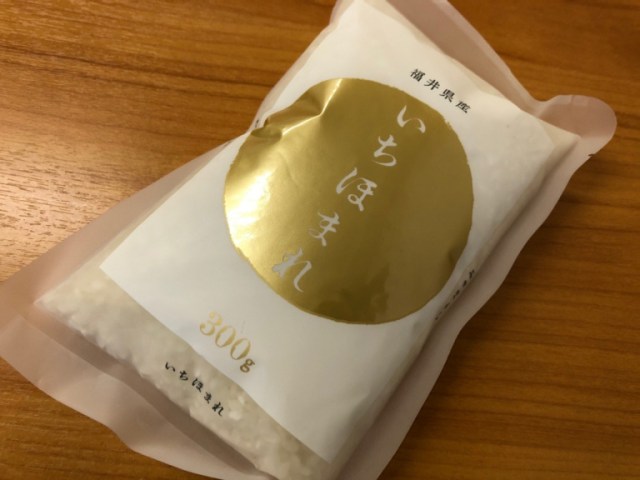
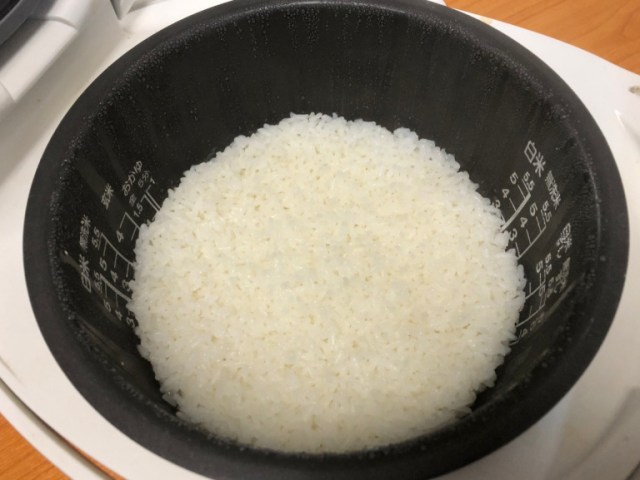
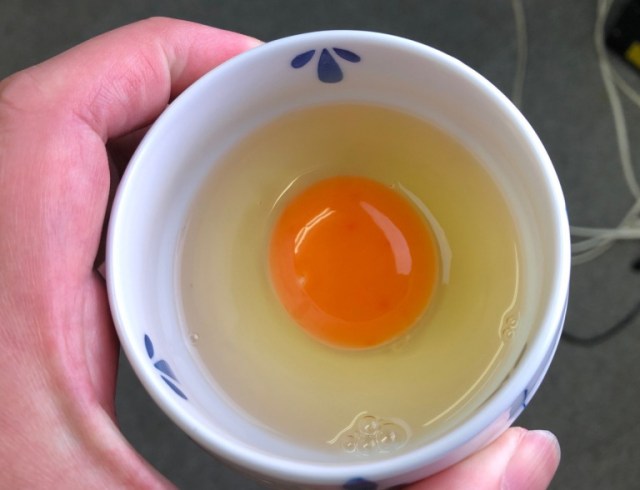
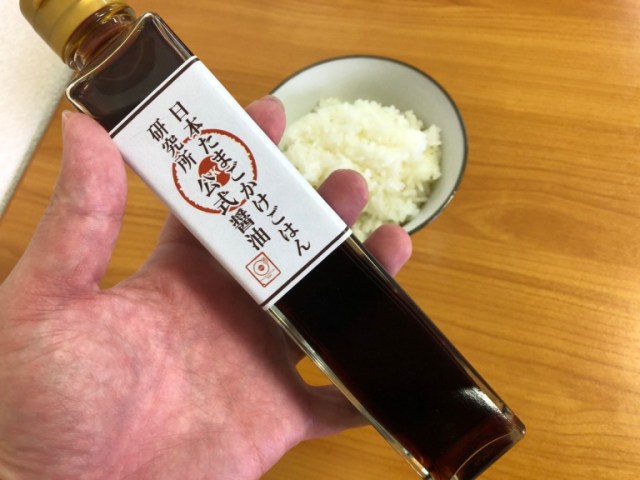
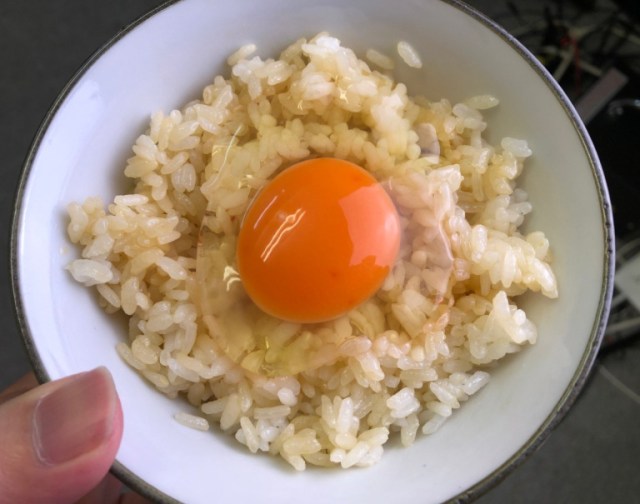
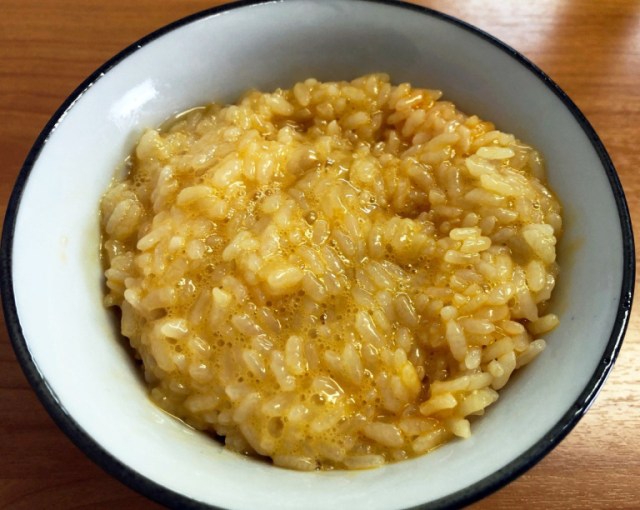
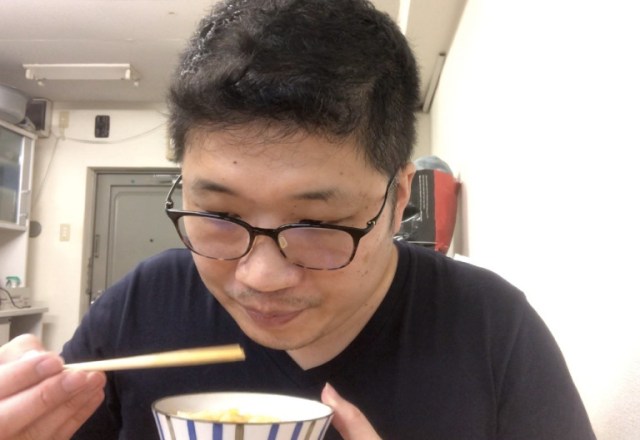
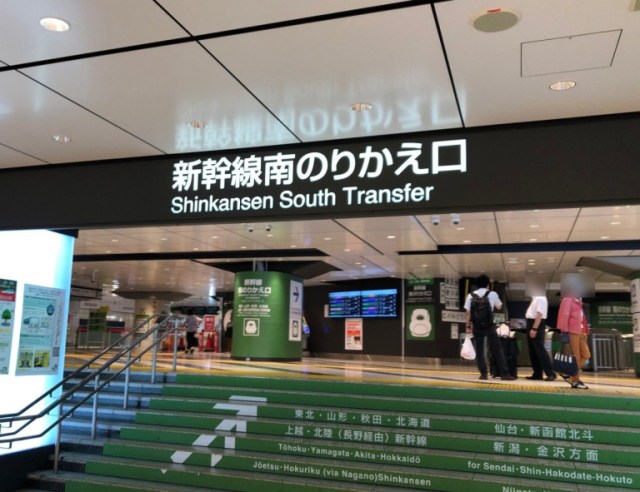
 Celebrate TGK Day with a classic of Japanese kitchens, but with some luxurious ingredients
Celebrate TGK Day with a classic of Japanese kitchens, but with some luxurious ingredients Japan has eggs that smell and taste like yuzu citrus fruit, and they’re amazing!
Japan has eggs that smell and taste like yuzu citrus fruit, and they’re amazing! How to make the most beautiful at-home tamagokakegohan ever with a 100 yen store kitchen gadget
How to make the most beautiful at-home tamagokakegohan ever with a 100 yen store kitchen gadget Ultimate TKG: We’ll never eat tamago kake gohan the old way again! 【Sora Kitchen】
Ultimate TKG: We’ll never eat tamago kake gohan the old way again! 【Sora Kitchen】 We found the prettiest TKG ever at a restaurant specializing in raw eggs on rice in Tokyo
We found the prettiest TKG ever at a restaurant specializing in raw eggs on rice in Tokyo Foreigner’s request for help in Tokyo makes us sad for the state of society
Foreigner’s request for help in Tokyo makes us sad for the state of society Seaside scenery, history, and so many desserts on Yokohama’s Akai Kutsu【Japan Loop Buses】
Seaside scenery, history, and so many desserts on Yokohama’s Akai Kutsu【Japan Loop Buses】 Japanese city loses residents’ personal data, which was on paper being transported on a windy day
Japanese city loses residents’ personal data, which was on paper being transported on a windy day Red light district sushi restaurant in Tokyo shows us just how wrong we were about it
Red light district sushi restaurant in Tokyo shows us just how wrong we were about it Japan’s summertime towelket pillowcases are even better with the addition of Ghibli stars【Photos】
Japan’s summertime towelket pillowcases are even better with the addition of Ghibli stars【Photos】 All-you-can-drink Starbucks and amazing views part of Tokyo’s new 170 meter-high sky lounge
All-you-can-drink Starbucks and amazing views part of Tokyo’s new 170 meter-high sky lounge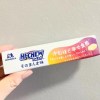 Do Hi-Chew-flavor Hi-Chews have a reason to exist?【Taste test】
Do Hi-Chew-flavor Hi-Chews have a reason to exist?【Taste test】 Should you add tartar sauce to Japanese curry rice? CoCo Ichi makes diners an unusual offer
Should you add tartar sauce to Japanese curry rice? CoCo Ichi makes diners an unusual offer Akihabara pop-up shop sells goods made by Japanese prison inmates
Akihabara pop-up shop sells goods made by Japanese prison inmates Haku is…Chihiro’s dead brother? Studio Ghibli fans blown away by Spirited Away theory
Haku is…Chihiro’s dead brother? Studio Ghibli fans blown away by Spirited Away theory McDonald’s new Happy Meals offer up cute and practical Sanrio lifestyle goods
McDonald’s new Happy Meals offer up cute and practical Sanrio lifestyle goods Japanese ramen restaurants under pressure from new yen banknotes
Japanese ramen restaurants under pressure from new yen banknotes French Fries Bread in Tokyo’s Shibuya becomes a hit on social media
French Fries Bread in Tokyo’s Shibuya becomes a hit on social media Studio Ghibli releases new action figures featuring Nausicaä of the Valley of the Wind characters
Studio Ghibli releases new action figures featuring Nausicaä of the Valley of the Wind characters New private rooms on Tokaido Shinkansen change the way we travel from Tokyo to Kyoto
New private rooms on Tokaido Shinkansen change the way we travel from Tokyo to Kyoto Tokyo Tsukiji fish market site to be redeveloped with 50,000-seat stadium, hotel, shopping center
Tokyo Tsukiji fish market site to be redeveloped with 50,000-seat stadium, hotel, shopping center Beautiful Ghibli sealing wax kits let you create accessories and elegant letter decorations【Pics】
Beautiful Ghibli sealing wax kits let you create accessories and elegant letter decorations【Pics】 Studio Ghibli releases Kiki’s Delivery Service chocolate cake pouches in Japan
Studio Ghibli releases Kiki’s Delivery Service chocolate cake pouches in Japan New definition of “Japanese whiskey” goes into effect to prevent fakes from fooling overseas buyers
New definition of “Japanese whiskey” goes into effect to prevent fakes from fooling overseas buyers Our Japanese reporter visits Costco in the U.S., finds super American and very Japanese things
Our Japanese reporter visits Costco in the U.S., finds super American and very Japanese things More foreign tourists than ever before in history visited Japan last month
More foreign tourists than ever before in history visited Japan last month New Pokémon cakes let you eat your way through Pikachu and all the Eevee evolutions
New Pokémon cakes let you eat your way through Pikachu and all the Eevee evolutions Disney princesses get official manga makeovers for Manga Princess Cafe opening in Tokyo
Disney princesses get official manga makeovers for Manga Princess Cafe opening in Tokyo Sales of Japan’s most convenient train ticket/shopping payment cards suspended indefinitely
Sales of Japan’s most convenient train ticket/shopping payment cards suspended indefinitely Sold-out Studio Ghibli desktop humidifiers are back so Totoro can help you through the dry season
Sold-out Studio Ghibli desktop humidifiers are back so Totoro can help you through the dry season Japanese government to make first change to romanization spelling rules since the 1950s
Japanese government to make first change to romanization spelling rules since the 1950s Ghibli founders Toshio Suzuki and Hayao Miyazaki contribute to Japanese whisky Totoro label design
Ghibli founders Toshio Suzuki and Hayao Miyazaki contribute to Japanese whisky Totoro label design Doraemon found buried at sea as scene from 1993 anime becomes real life【Photos】
Doraemon found buried at sea as scene from 1993 anime becomes real life【Photos】 Tokyo’s most famous Starbucks is closed
Tokyo’s most famous Starbucks is closed One Piece characters’ nationalities revealed, but fans have mixed opinions
One Piece characters’ nationalities revealed, but fans have mixed opinions We asked a Uniqlo employee what four things we should buy and their suggestions didn’t disappoint
We asked a Uniqlo employee what four things we should buy and their suggestions didn’t disappoint Princesses, fruits, and blacksmiths: Study reveals the 30 most unusual family names in Japan
Princesses, fruits, and blacksmiths: Study reveals the 30 most unusual family names in Japan Eat 60 brands of eggs and a ton of rice for around 3 bucks at Tokyo’s egg festival
Eat 60 brands of eggs and a ton of rice for around 3 bucks at Tokyo’s egg festival Mr. Sato warms an egg in his armpit for a delicious Japanese dish【SoraKitchen】
Mr. Sato warms an egg in his armpit for a delicious Japanese dish【SoraKitchen】 How to get a beef bowl breakfast in Japan for only 290 yen (some assembly required)
How to get a beef bowl breakfast in Japan for only 290 yen (some assembly required) Raw eggs may lead to heads as bald as eggs
Raw eggs may lead to heads as bald as eggs Tokyo restaurant’s crazy huge rice omelet has 600 grams (1.3 pounds) of rice
Tokyo restaurant’s crazy huge rice omelet has 600 grams (1.3 pounds) of rice Japanese condiment company Kikkoman encourages Brits to desecrate white rice with tasty sauce
Japanese condiment company Kikkoman encourages Brits to desecrate white rice with tasty sauce Trying some Umui sauces made only on a remote Japanese island with a population of 50【Taste test】
Trying some Umui sauces made only on a remote Japanese island with a population of 50【Taste test】 Mr. Sato’s day made from this gacha capsule toy with a special surprise【Pics】
Mr. Sato’s day made from this gacha capsule toy with a special surprise【Pics】 We visit Tokyo’s new all-plant-based cafe “Komeda Is □”
We visit Tokyo’s new all-plant-based cafe “Komeda Is □” We lost the Starbucks lucky bag lotto, so we went on a luxury Starbucks shopping spree instead
We lost the Starbucks lucky bag lotto, so we went on a luxury Starbucks shopping spree instead How many do you know? 12 delicious foods in Japanese supermarkets and convenience stores
How many do you know? 12 delicious foods in Japanese supermarkets and convenience stores Who does a yakiniku beef bowl better: a Japanese vending machine or Yoshinoya?【Taste Test】
Who does a yakiniku beef bowl better: a Japanese vending machine or Yoshinoya?【Taste Test】 Katsudon for breakfast? Japan’s new bacon egg cutlet bowl may be the only meal we need all day
Katsudon for breakfast? Japan’s new bacon egg cutlet bowl may be the only meal we need all day Have you tried Tokushima ramen? No? You should (says our obsessed Japanese-language reporter)
Have you tried Tokushima ramen? No? You should (says our obsessed Japanese-language reporter) Mr. Sato shows us what happens when you try to cook rice with only eggs 【SoraKitchen】
Mr. Sato shows us what happens when you try to cook rice with only eggs 【SoraKitchen】 Raw, frozen eggs are the new food trend in Japan, apparently
Raw, frozen eggs are the new food trend in Japan, apparently
Leave a Reply